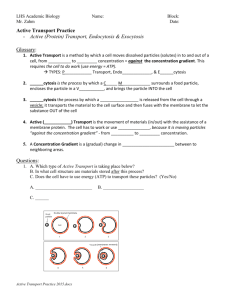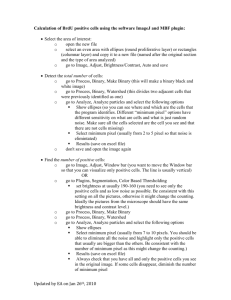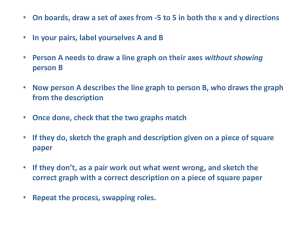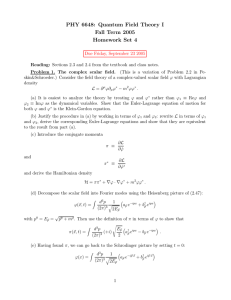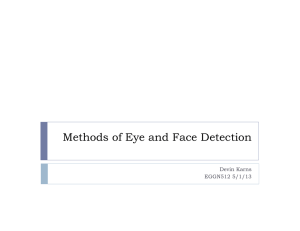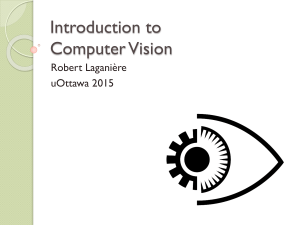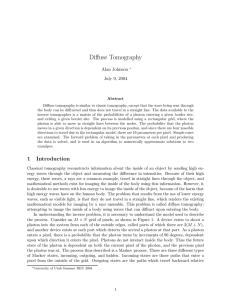Digital Image Processing Final Exam - Spring 2003
advertisement
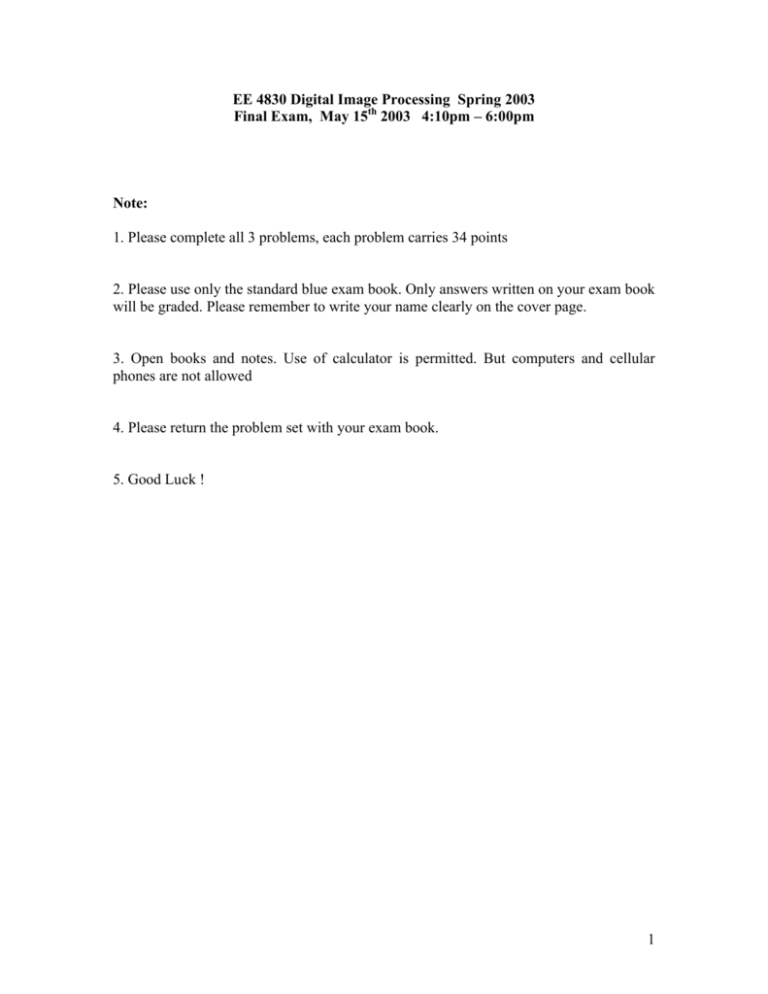
EE 4830 Digital Image Processing Spring 2003
Final Exam, May 15th 2003 4:10pm –6:00pm
Note:
1. Please complete all 3 problems, each problem carries 34 points
2. Please use only the standard blue exam book. Only answers written on your exam book
will be graded. Please remember to write your name clearly on the cover page.
3. Open books and notes. Use of calculator is permitted. But computers and cellular
phones are not allowed
4. Please return the problem set with your exam book.
5. Good Luck !
1
Problem 1. Wiener Filter
1. Assume an object u ( x, y ) has an autocorrelation function,
ru ( x, y ) = σ 2 exp{− 0.05 | x | −0.05 | y |}
The object moved uniformly in the x direction at a constant speed a during the first T1
seconds, and then moved in the y direction at a constant speed b during the following T2
seconds. Video was captured by camera during the entire moving period. Assume the
opening and closing of shutter of the camera are instantaneous. Suppose we also know
that there is an additive random noise of average power σ e2 .
1) Derive the power spectrum density of u, and plot its approximate shape.
2) Derive the transfer function, H (ω ) , of the imaging system.
3) Derive the Wiener Filter, and plot its approximate shape
2
Problem 2. Edge Detection
1) consider the binary image shown below
Pixel value 0
Pixel value 1
Apply the Sobel operators
− 1 − 2 − 1
Hy= 0
0
0
1
2
1
&
− 1 0 1
Hx= − 2 0 2
− 1 0 1
And use the following approximation to compute gradient
g ≅| Gx | + | G y |
2.1)
Sketch the gradient of the above binary image. Show all relevant different values
in the gradient image.
2.2)
Assume the image has 128× 128 pixels. Sketch the histogram of edge directions
from the above computation of gradient. Label the height of each peak of the histogram.
3
Problem 3. Morphological Processing
In the application of microscopy, one issue that frequently arises is to count particles of
different sizes. One example image is shown below (assume the particles do not overlap)
Assume the image has binary pixel values, i.e., particles have value 1 and background has
value 0. Assume there are three different sizes. Propose a morphological algorithm to
compute the number of particles of each size. Please sketch a flowchart or schematic
diagram of your algorithm, plus some explanation of each step.
4



